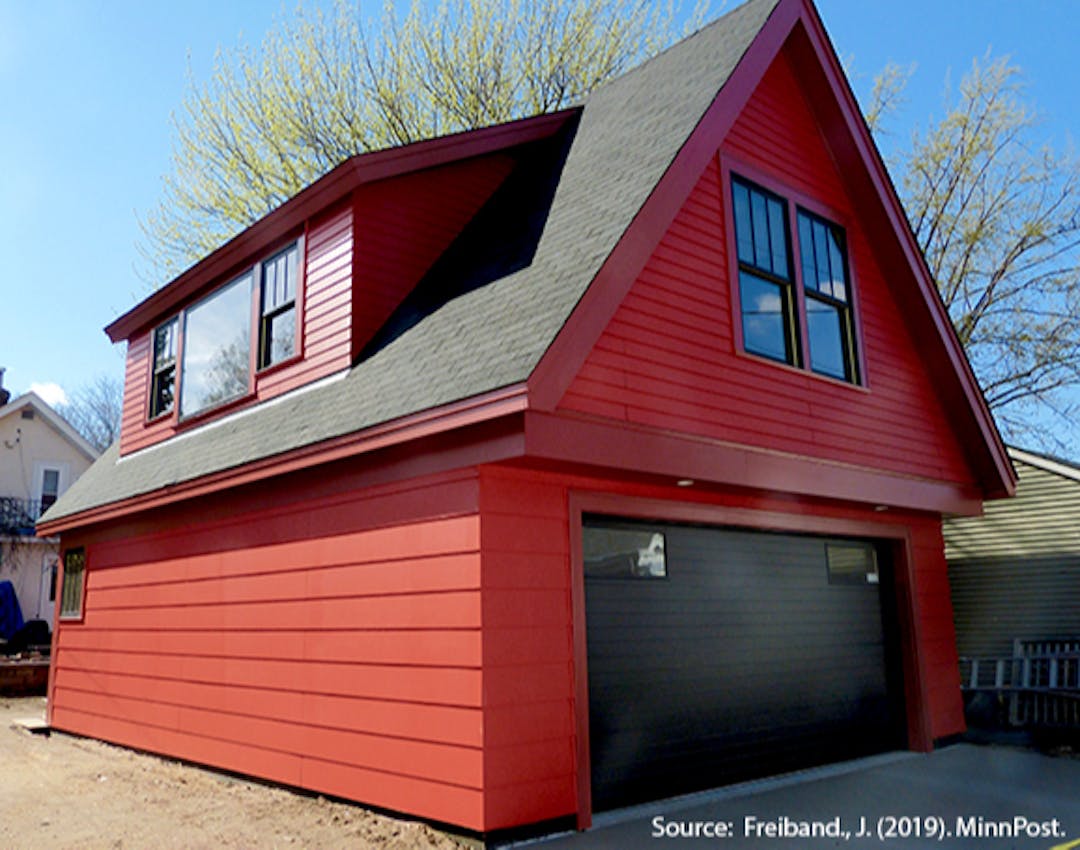Background: ADUs are allowed in the City if they are attached or internal to a single-family home. There are standards on design, placement, and use. Site plan approval and building permits are also required.
Issue: The prohibition of detached ADUs is often a barrier to those attached to garages, and ADUs are expensive to build. Constructing an ADU can be nearly as expensive as the cost of purchasing a single-family house, but ADUS offer housing flexibility and choice.
Proposal: The City is considering allowing detached ADUs, subject to many of the same standards applicable to any home addition. Also underContinue reading
Background: ADUs are allowed in the City if they are attached or internal to a single-family home. There are standards on design, placement, and use. Site plan approval and building permits are also required.
Issue: The prohibition of detached ADUs is often a barrier to those attached to garages, and ADUs are expensive to build. Constructing an ADU can be nearly as expensive as the cost of purchasing a single-family house, but ADUS offer housing flexibility and choice.
Proposal: The City is considering allowing detached ADUs, subject to many of the same standards applicable to any home addition. Also under consideration is to require an occupancy limit based on the structure size instead of the existing two-person limit.
How to participate: You are invited to share feedback regarding ADUs that staff will consider in the development of a draft ordinance. The draft ordinance will be presented to the Planning Commission with a public hearing tentatively in May and the City Council will be asked to adopt the ordinance tentatively in June. Staff will share information about how public input influenced the final decision.
What is an ADU?
An Accessory Dwelling Unit (ADU) is a smaller living area that operates as an independent living space with its own cooking, sanitary, and sleeping facilities. Historically, carriage houses were a form of what we call an ADU. People often think of ADUs as in-law suites or garage apartments. In Bloomington, attached and internal ADUs are allowed in association with single-family houses. Homeowners often learn that they are able to create a separate living area and kitchen within their home that is not to ADU standards, since ADU standards only apply to attached or internal secondary dwellings that share no interior connection to the primary dwelling (with access via an exterior entryway).
Click here for examples and to learn more about different types of ADUs.
Why Detached ADUs?
Detached ADUs offer residents housing flexibility and choices. Residents that want to downsize, but stay on their property, might opt to live in an ADU. ADUs make it easier to house relatives and have multi-generational households while still allowing the privacy and separation of a distinct living space. ADUs could also be used as rental space for additional income. Detached ADUs give people more options. For instance, ADUs connected to a garage are often considered 'detached' because they do not always share a wall with the single-family living space.
Detached ADUs would be subject to the same standards as any home addition. These standards would help address concerns related to congestion, impacts on neighboring properties, and the use of ADUs.
Where can I learn more?
Existing standards in the City Code are found at the following website: https://codelibrary.amlegal.com/codes/bloomington/latest/bloomington_mn/0-0-0-110593
There are a variety of resources on ADUs. Staff recommends the following:




